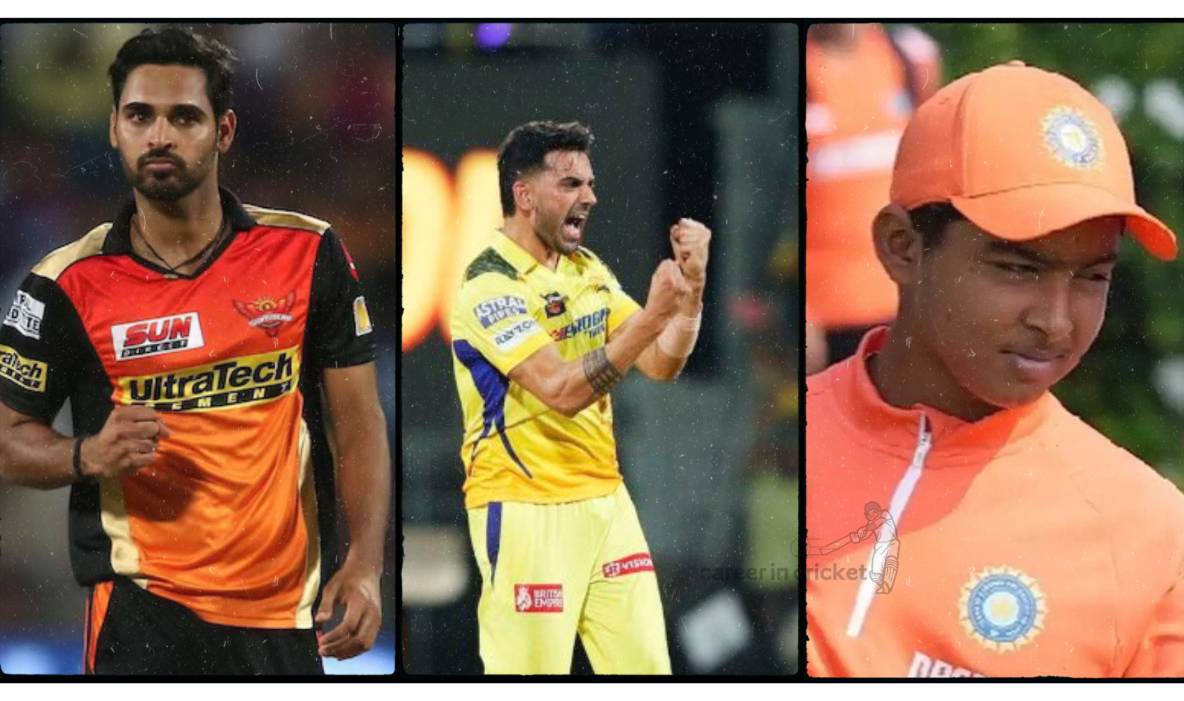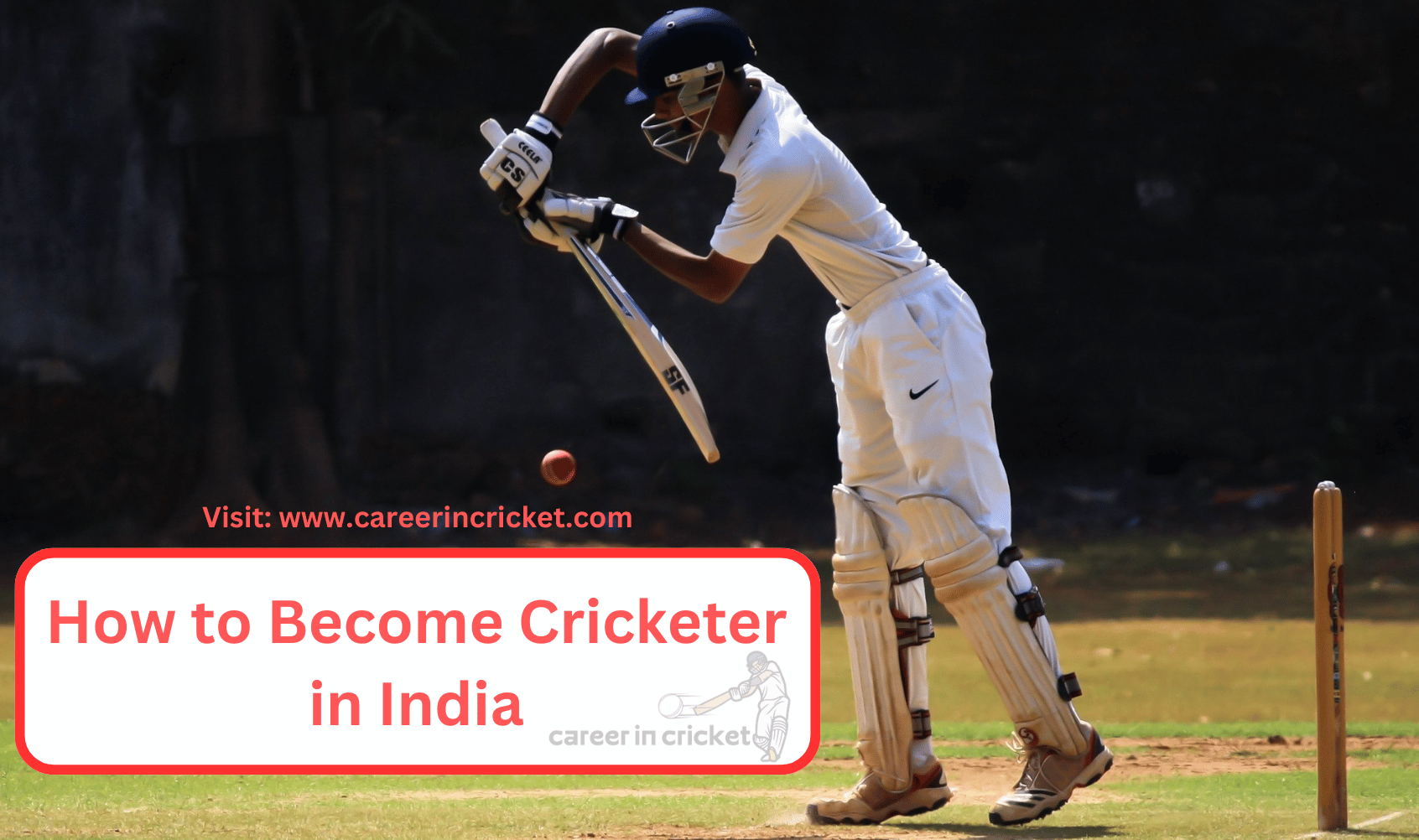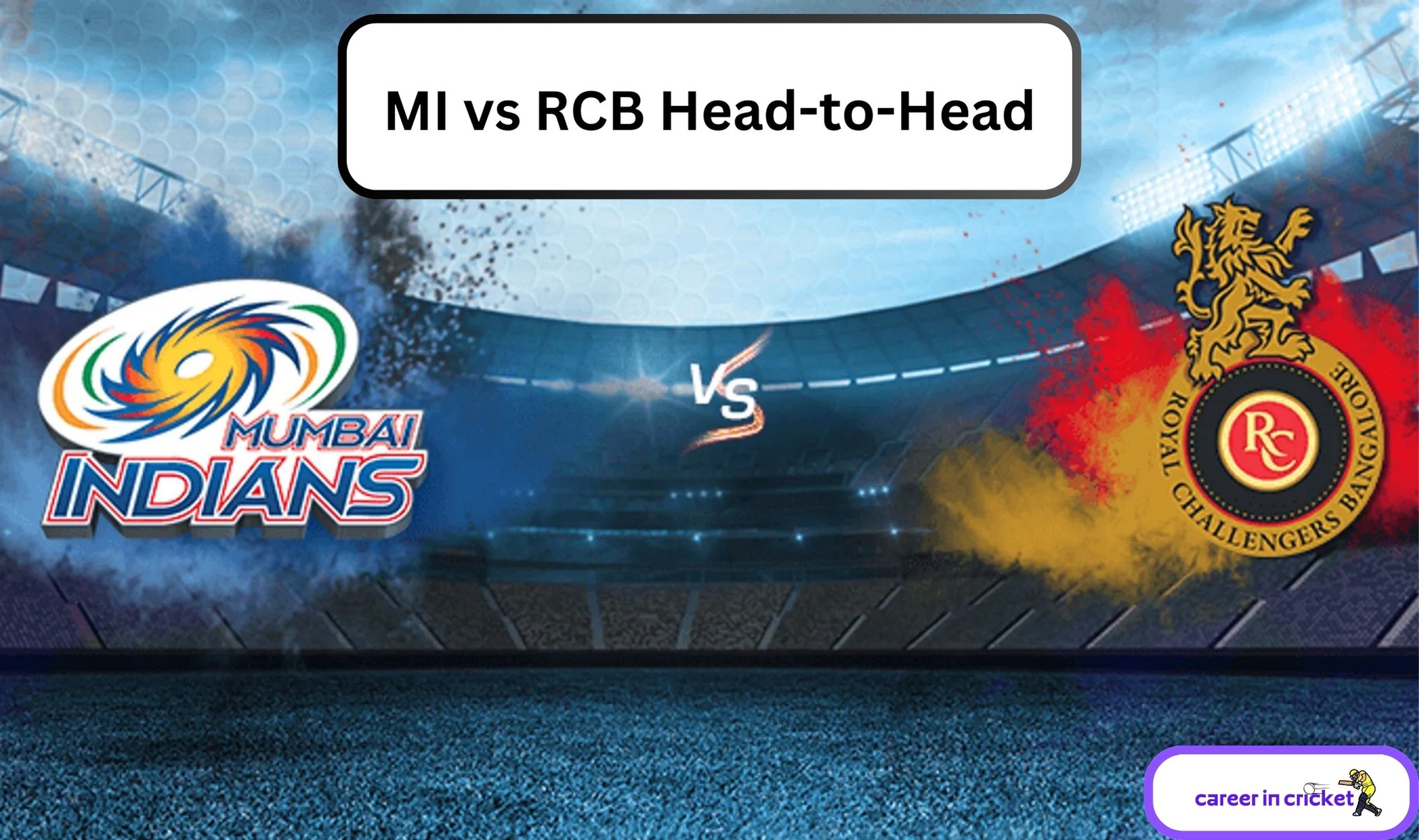Cricket is not just a sport in India — it’s a passion, a dream, and for many, a lifelong ambition. One of the most common questions among aspiring players and their parents is:
“What is the best age to join a cricket academy?”
And another equally important one:
“Is it ever too late to start?”
In this blog, we’ll break down the ideal ages for joining a cricket academy, explore late-starter success stories, and offer guidance for every stage of your cricketing journey.
The Ideal Age to Start Cricket Training
Most professional cricketers start their formal training at an early age. Here's how the timeline typically looks:
✅ Age 6–10: Foundation Stage
Focus on basic motor skills, hand-eye coordination, and love for the game.
Children can join beginner-level academies to understand the basics.
No pressure of performance — just playful learning.
✅ Age 11–14: Skill Development Stage
Ideal time to start formal cricket training.
Players begin to specialize: batting, bowling, or wicketkeeping.
Participation in school-level, inter-academy, and district-level matches.
✅ Age 15–17: Competitive Stage
Most state-level selections begin at this age: U-14, U-16, U-19.
Requires high-intensity training, match exposure, and consistent performance.
Players who began earlier are often more refined, but strong late starters can still shine with dedication.
✅ Age 18–22: Late Beginners or Career Refiners
Still possible to build a career in cricket with focused effort.
Players must train intensively, work on fitness, and participate in club or local league matches.
Performance in university or zonal tournaments can get attention.
⏳ Is It Ever Too Late to Start?
The short answer is: No — but the path gets narrower with time.
Late starters face more competition and limited time to build performance records before selection ages. However, cricket isn’t limited to national teams — there are multiple opportunities:
Also Read: How to Become a Cricketer in India?
🔹 Club Cricket & Corporate Tournaments
Many companies and clubs scout for talent in their 20s and 30s for league cricket.
🔹 Coaching & Support Roles
If not playing professionally, you can pursue careers in coaching, umpiring, analysis, and more.
🔹 Social Media & Content Creation
Talented cricketers can build a following by showcasing their skills on platforms like YouTube and Instagram.
💡 Example: Michael Hussey made his Test debut for Australia at age 30 after years of playing domestic cricket. Hard work paid off.
⚠️ Challenges of Starting Late
Less time to build experience and technique.
Stiff competition from players who’ve trained for years.
Selection limits in U-16, U-19 tournaments.
Need for exceptional discipline and commitment.
But none of this is impossible — with the right training and exposure, many have made a late entry and still achieved success.
Also Read: How to Get Selected in an IPL Team: A Step-by-Step Guide
📈 What Matters More Than Age
🎯 Tips for Different Age Groups
🔸 Under 10 Years
Keep it fun and safe.
Focus on flexibility, coordination, and basics.
🔸 10–14 Years
Join a structured academy.
Start participating in matches and build match sense.
🔸 15–17 Years
Practice daily with a focus on technique and temperament.
Play in tournaments regularly — performance matters.
🔸 18+ Years
Work on your fitness, game IQ, and specialization.
Record your progress (videos, stats) for showcasing talent.
Explore club, zonal, and university-level cricket actively.
Also Read: Which is the Best Cricket Academy in India?
Final Thoughts: It’s Never Too Late — If You’re Willing to Work Hard
While early starters get a head start, late starters with passion and discipline can absolutely make their mark. In today’s age, performance speaks louder than anything else. Whether you’re 12 or 20, if you have the desire to play — you’re already on the right path.
Ready to Take the First Step?
No matter your age, the time to start is now.
Visit careerincricket.com to find the best cricket academies in your city, get career tips, and connect with mentors who can guide your journey.
Your cricket career doesn’t have a fixed start line — it begins the day you decide to show up.












